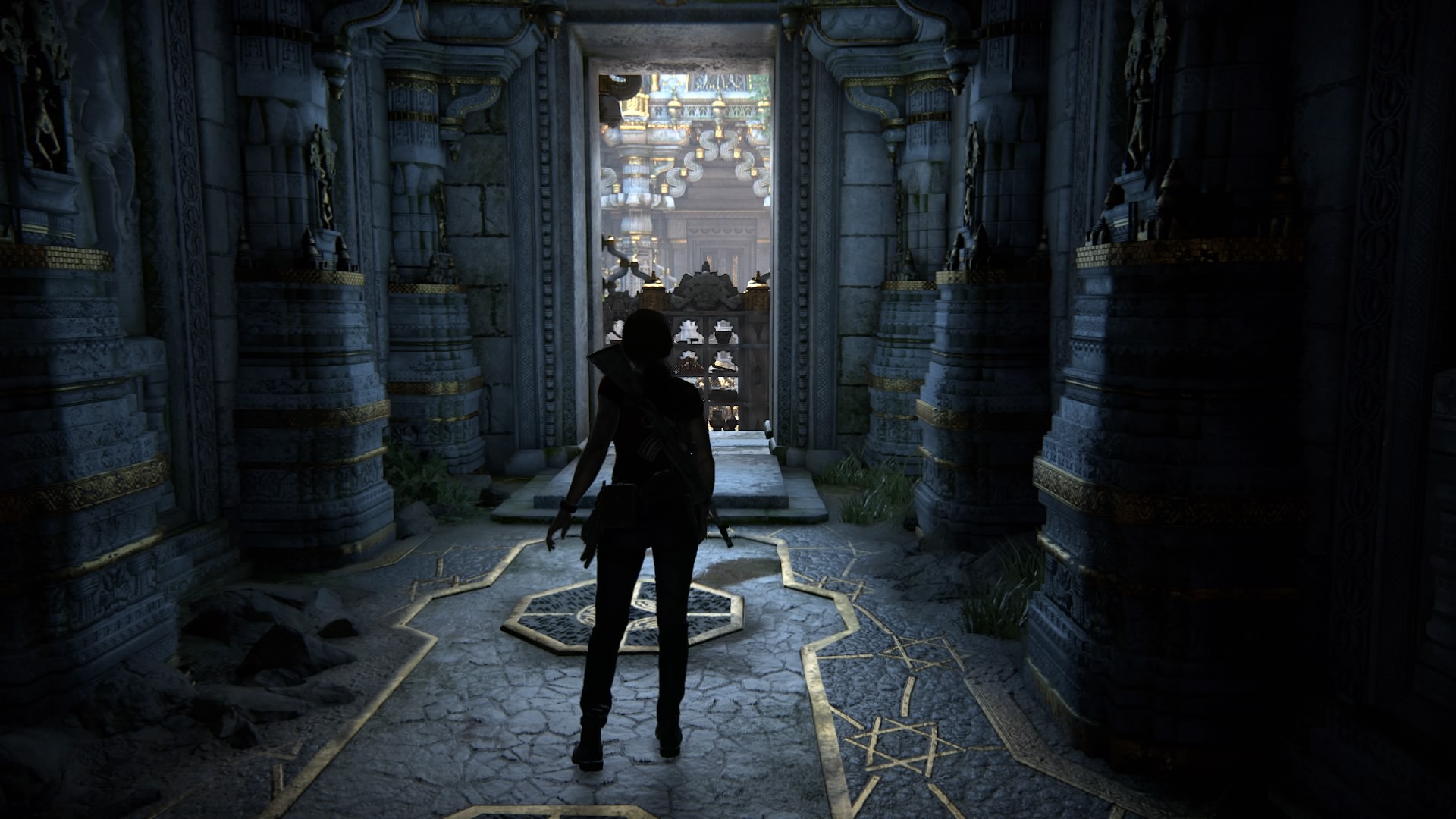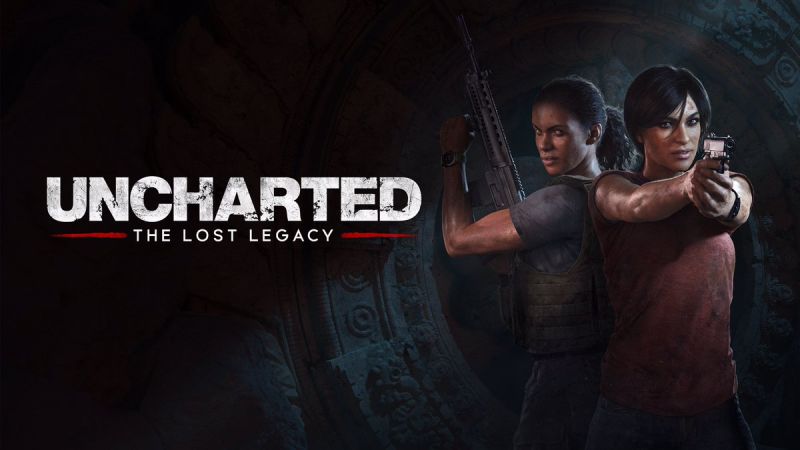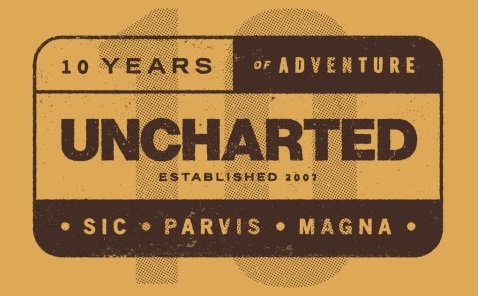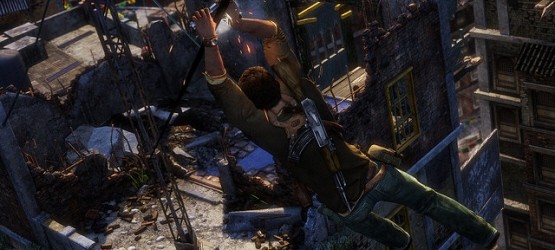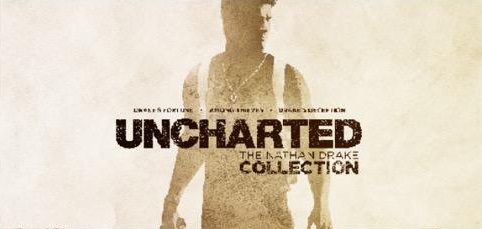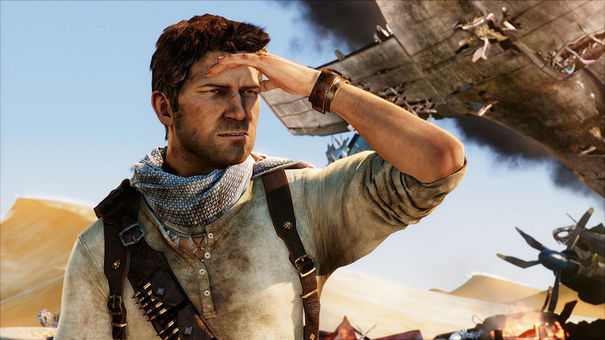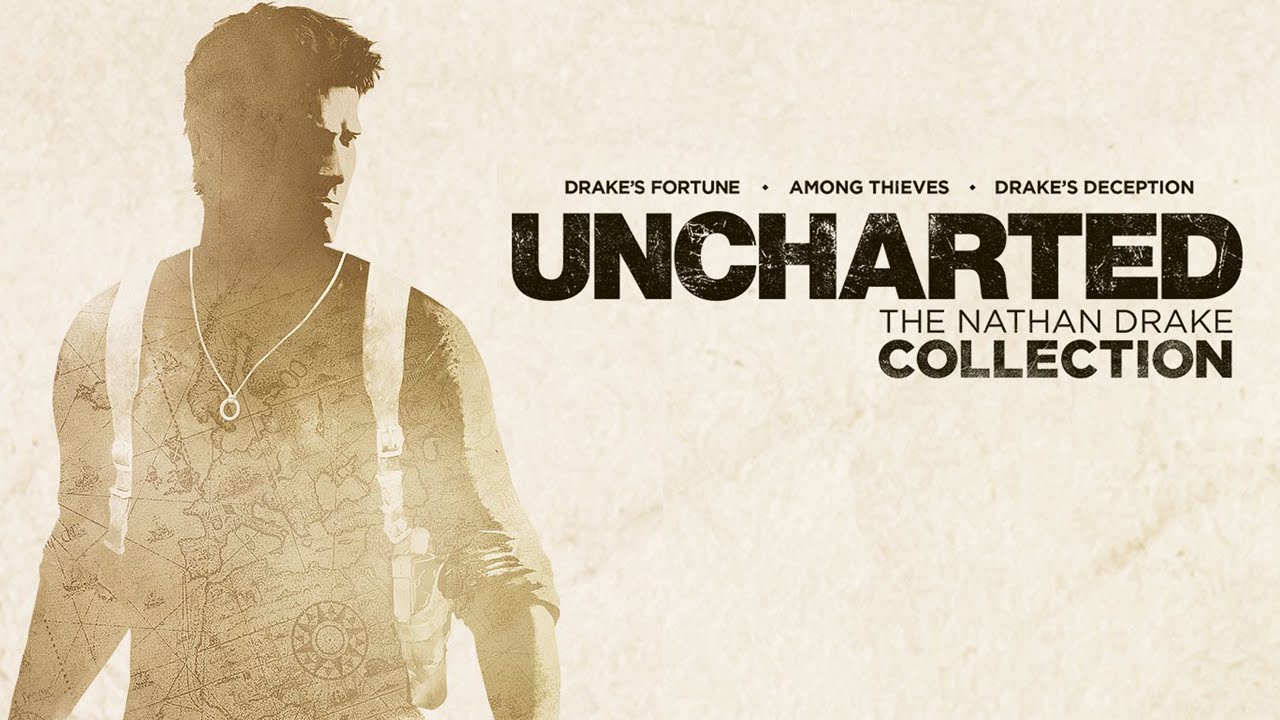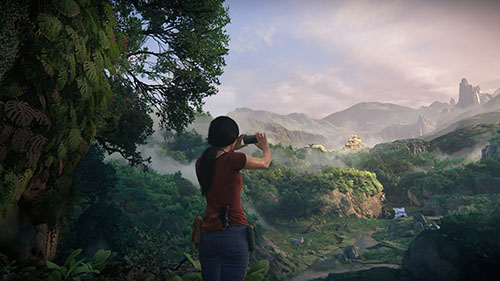
Last year’s Uncharted 4: A Thief’s End was meant by developers Naughty Dog to close out Nathan Drake’s story, but not necessarily the Uncharted series as a whole. Uncharted: The Lost Legacy is a proof-of-concept that Uncharted can work with the same mechanics and general framework, but without Nolan North’s Nathan Drake at the helm. There are even a couple of glimpses at where the series can go in the future. It’s called a standalone expansion of Uncharted 4 but it’s really its own spin-off or side story. Whatever you want to call it, if you’re a fan of lush environments and swashbuckling adventure, you’ll want to check out Uncharted: The Lost Legacy.
The focus of The Lost Legacy is squarely on Aussie Chloe Frazer, introduced in Uncharted 2 as an associate and former flame of Nathan Drake’s. Originally born in India, she’s returned to her archaeologist father’s homeland to hunt for a lost city and the treasure he could never find – the Tusk of Ganesh. Her character’s depth benefits from the attention The Lost Legacy provides to her, fleshing out her backstory and motivations and portraying Chloe in a much more positive and heroic light, compared to her more self-interested early appearances. She’s paired on her adventure with Nadine Ross, formerly an antagonist in Uncharted 4, who’s as no-nonsense and straight-shooting as they come, forming a somewhat successful mis-matched comedy duo.
Much of the game’s narrative is spent on banter between Chloe and Nadine as they learn about each other and how to work together. Slightly stymieing this is Nadine’s emotional retardation, which makes her the duller half of the duo until she begins to loosen up towards the game’s end. However, Claudia Black as Chloe more than picks up the slack for the lack of Nathan Drake, as she naturally quips her way through perils and pitfalls that would leave most people crying and screaming. The narrative of the game itself barely deviates from the established formula of previous games, even down to the rote-evil bad guy who has his own endless private army and wants the artefact-of-the-week for his own devious ends.
Obviously there’s a shift from the male-centric Drake Uncharted games to two females starring, but ultimately there’s very little in Uncharted: The Lost Legacy that’s different from Uncharted 4. Chloe is as adept at climbing around ruins as Drake, has access to the same grappling hook and rope swing as he did, and has even taken the same courses in tactical espionage action and stealth. That said, while the stealth mechanics from Uncharted 4 are unchanged, this time around they don’t seem to be a way to avoid confrontations entirely, as progression is often locked behind a lever or ‘thing’ that can’t be activated until everyone in an area is dead.
However, this isn’t the case in one of the game’s chapters – and arguably the best part of the game. Uncharted has always been a linear, cinematic adventure, with every jump, gun fight or crumbling edifice scripted to replicate the experience of playing through a pulpy action movie. The Lost Legacy experiments a little with a single chapter about mid-way through the game, which suddenly opens up a wide stretch of Indian jungle and gives you multiple objectives within it. This degree of non-linearity is practically unheard of in an Uncharted game. It’s a welcome change to the formula as Chloe and Nadine are given three major ruins to drive to in their Jeep and explore, each fleshed out enough to be proper levels in themselves. Also within this area are a bunch of smaller temples with short puzzles or enemy encounters, which you can tackle as an optional side-quest to unlock a useful item.
The open-worldish mechanics work well enough that they could almost have formed the skeleton for the entire game. The fact that they’re consigned to a single area is disappointing, leaving the chapter feeling like what it is – an experiment that could be fleshed out in a future full-fledged title. As it is, Uncharted: The Lost Legacy is shorter than its forebears, clocking in at 11 chapters and about 9 hours of gameplay, give or take. The budget price the game is releasing at makes the shorter length easier to swallow, as does the inclusion of Uncharted 4′s multiplayer and a whole heap of unlockable bonuses, such as ASCII or 8bit render modes for the main adventure.
Of course, it goes without saying that Uncharted: The Lost Legacy is stunning to look at. It hardly seems possible that the artists at Naughty Dog have the time to create all the intricate detail found in the world of The Lost Legacy, from individual treasures found on the ground, to gorgeous jungles and golden ruins, and even the modern slums of a Indian city. Even without a PS4 Pro, The Lost Legacy impresses from moment-to-moment, although especially beautiful vistas are highlighted by Chloe’s new interest in photography, as she’s able to take pictures at context-sensitive areas in the game. It’s actually a little odd, given that those photos never become useful to solve puzzles or for any gameplay reason in the game, but solely to call attention to the amazing work of the game’s artists (which, fair enough, I’ll give them – they deserve a few self-congratulatory pats on the back).
Uncharted: The Lost Legacy serves as an indication for where the series goes from here – with successful (if limited) open-world mechanics that see you exploring beautiful exotic scenery and ruins at your own pace, somewhat like the recent Tomb Raider reboot. It also shows that while Nathan Drake is a great character, the Uncharted series is bigger than him and can survive and flourish without his presence, although what it may be in more pressing need of are more original storylines. If you’re a fan of Uncharted, the budget price point for The Lost Legacy makes it an instant purchase. Fun, beautiful, it has everything you want in an Uncharted title – even if there’s less of it overall.
-Spectacular environments -Entertaining swashbuckling adventure -Successful taste of a more open-world Uncharted
-Open-world elements confined to a single chapter -Standard pulp adventure story with few twists -Largely plays exactly the same as Uncharted 4


